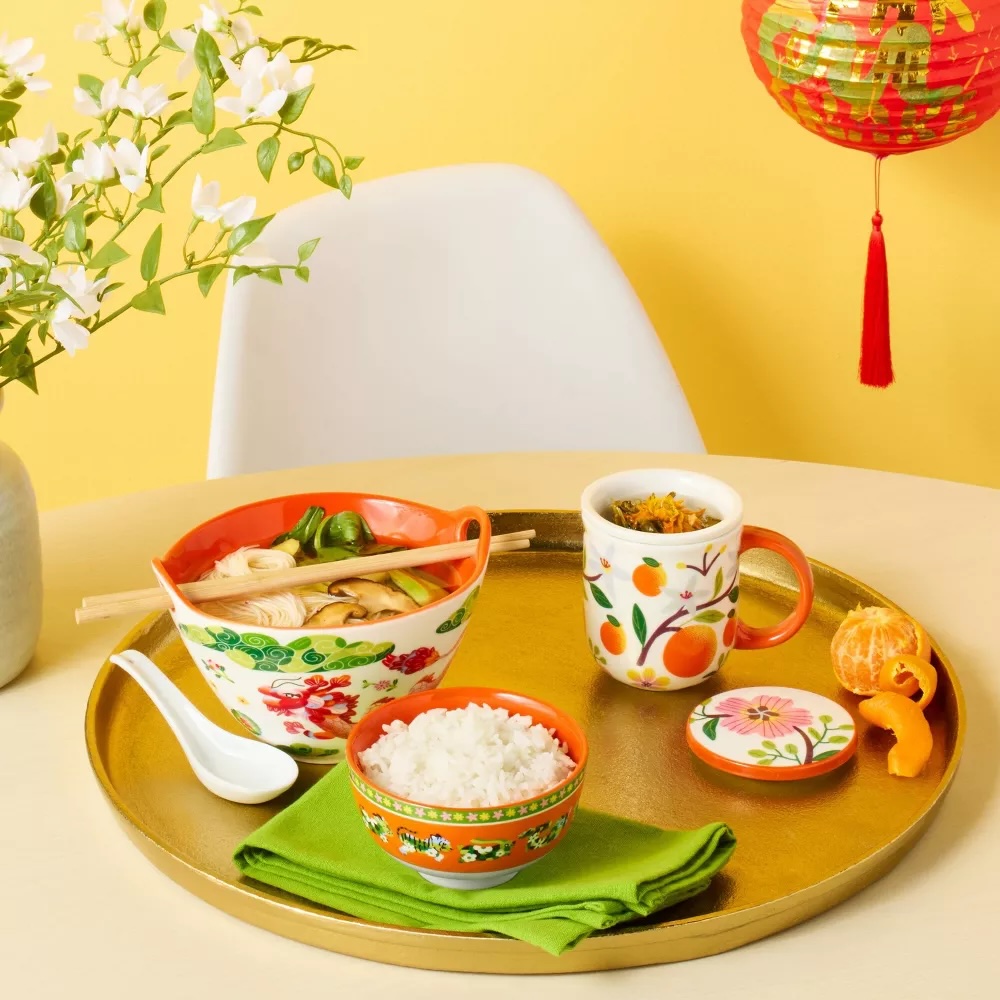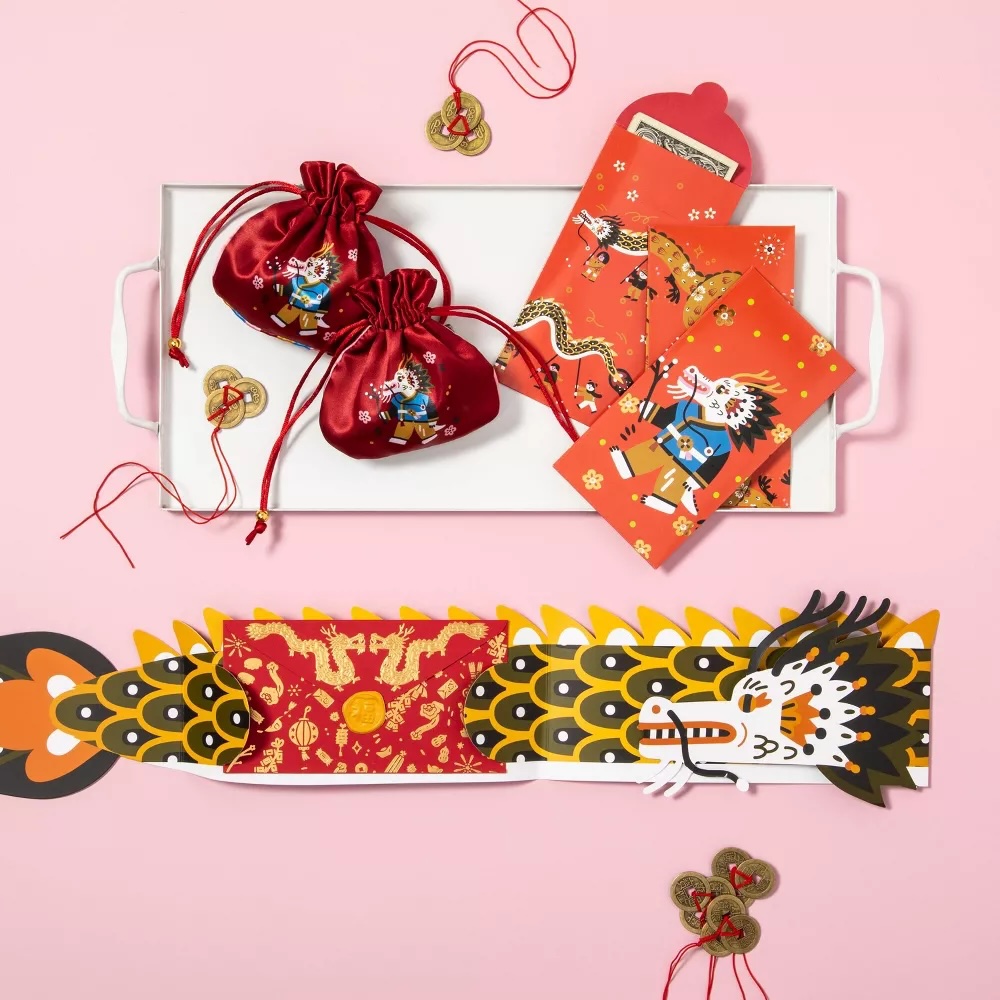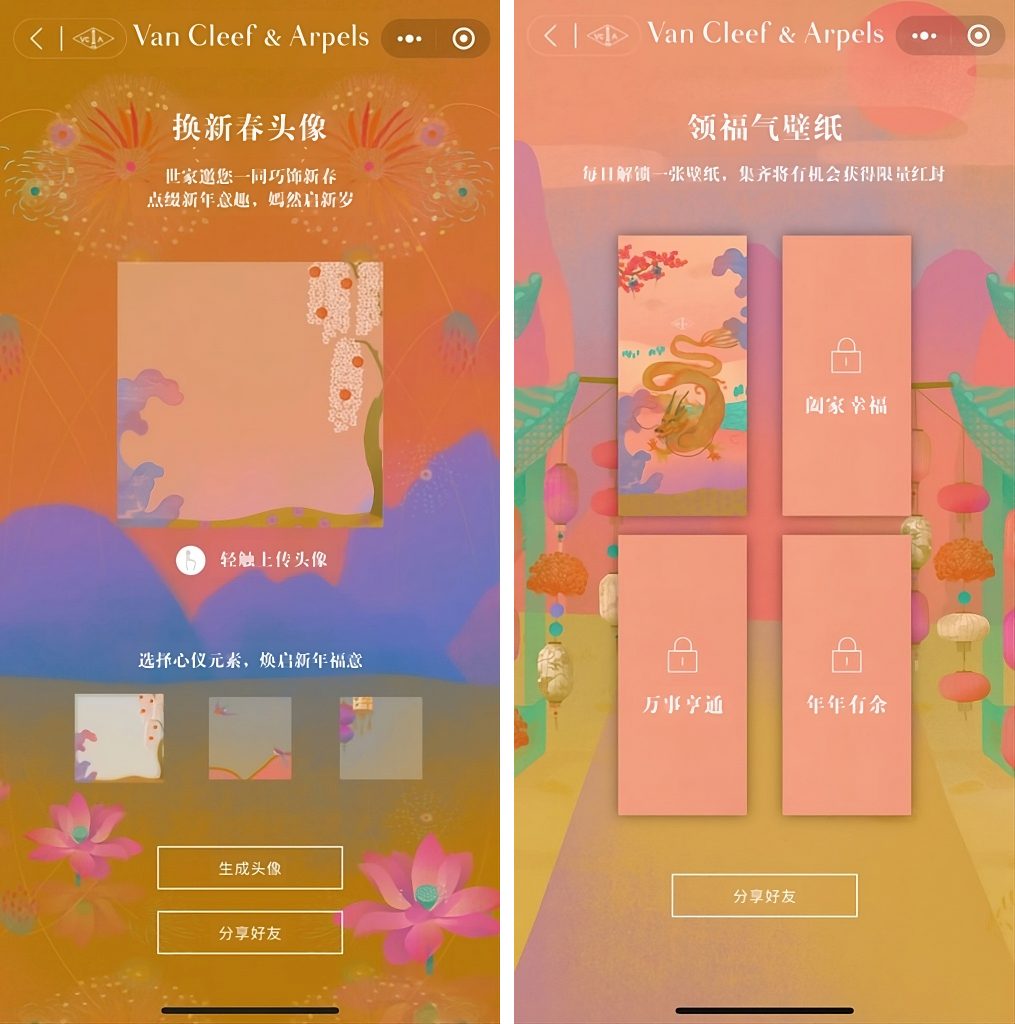Cracking the Code of Lunar New Year Marketing

As one of the most important holidays for Asian communities worldwide, Lunar New Year (LNY) represents a season rich with traditions, symbolism, and cultural pride. Observed by millions globally, it marks the beginning of the lunar calendar and a period of renewal, family gatherings, and good fortune. In the U.S., Asian Americans celebrate this holiday in diverse ways, blending traditional practices with modern expressions.
With Asian American buying power exceeding $1.6 trillion, this holiday has grown in awareness, commercialization, and popularity of late. It presents a unique opportunity for meaningful brand engagement – a chance for brands to connect culturally and authentically.
What Makes a Lunar New Year Campaign Successful?
Authentic Lunar New Year campaigns are grounded in cultural respect, storytelling, and relevance. To truly connect, brands need to embrace Lunar New Year with genuine cultural understanding and care, leaving clichés behind to create meaningful engagement. So, what sets a successful Lunar New Year campaign apart? Let’s break it down.
1. Understand the Traditions
Central to Lunar New Year are meaningful traditions such as the custom of giving red envelopes, a practice specific to Chinese culture, to convey good fortune and blessings. For brands, understanding and weaving these nuances into their campaigns is key to creating genuine connections.
This 2020 Nike Lunar New Year ad perfectly captured the widely recognized custom of giving red envelopes. The 90-second spot lightheartedly portrayed the act of politely rejecting red envelopes, a gesture rooted in Chinese values of humility and respect. This campaign resonated with many Chinese viewers, who saw their customs and values authentically reflected. By focusing on a cherished tradition, Nike created a campaign that was culturally spot-on, emotionally engaging, and widely enjoyed.
2. Celebrate Diverse Traditions
Lunar New Year is celebrated across various Asian cultures, including Chinese, Korean, Vietnamese, and others, each with distinct customs. A one-size-fits-all approach doesn’t work because these cultures bring unique traditions and nuances to the celebration. To connect meaningfully, brands must tailor their messaging to reflect this diversity and avoid oversimplifications. The key to authenticity sometimes lies in collaborating with the Asian community itself—who better to celebrate Lunar New Year than those who uphold its traditions?
Target collaborated with Asian American designers to create a Lunar New Year product line, ranging from home decor to apparel. By featuring creators from different Asian backgrounds, Target highlighted the diversity within the Asian American community while fostering a sense of inclusion.

Katie Mai, a Vietnamese-American illustrator from Philadelphia, created original designs for Target’s 2025 Lunar New Year collection

Yiran Xia, a New York-based illustrator, created dragon-themed decorations for Target’s 2024 Lunar New Year collection
3. Leverage Digital Platforms
While platforms like Instagram and TikTok are popular for reaching younger audiences, apps like WeChat and RED (Xiaohongshu) offer unique opportunities for brands to connect directly with Chinese users in their native language and cultural context. Since introducing the digital red envelope function for corporations in 2019, WeChat has enabled brands to create limited-edition, personalized red envelopes, blending cultural traditions with modern engagement strategies to establish a widely embraced trend.
In 2024, Van Cleef & Arpels launched a creative WeChat campaign featuring dragon-themed emoticon packs, lucky wallpapers, and an avatar generator. Users engaged in tasks like collecting all four wallpaper designs to unlock exclusive red packet covers. This campaign effectively gamified Lunar New Year traditions, modernizing the experience while fostering meaningful digital engagement.

4. Show Long-Term Commitment
Consumers recognize and appreciate brands that engage with their culture beyond one-off campaigns. Building a lasting connection requires ongoing support for Asian communities and representation in marketing.
Apple’s annual “Shot on iPhone” Lunar New Year campaigns are known for their heartfelt storytelling, and this year marks the eighth consecutive campaign. The 2025 film, “I Made a Mixtape for You,” was directed by Michael Gracey (The Greatest Showman), and captures the complex dating culture in China, where modern-day couples navigate traditional expectations of love and marriage imposed by their elders. In this 12-minute film, Apple’s cinematic storytelling touched on a hot social topic in China while showcasing the iPhone’s numerous film-making features in an authentic and engaging way.
The Dos and Don’ts of Lunar New Year Marketing
Do:
- Research and respect cultural nuances among different Asian groups.
- Collaborate with Asian American creators and influencers.
- Highlight family, community, and renewal—themes central to the holiday.
- Incorporate elements of the zodiac year authentically.
Don’t:
- Overuse generic symbols like red lanterns or dragons without context.
- Treat Lunar New Year as a transactional marketing moment.
- Ignore the diversity within the Asian American community.
Why Lunar New Year Matters for Marketers
Celebrating Lunar New Year authentically goes beyond immediate sales impact; it’s about building lasting brand affinity and loyalty among Asian consumers. By investing in understanding and honoring cultural traditions, brands can capture the attention of this influential demographic while also signaling inclusivity and respect to a broader audience.
Lunar New Year is no longer a question of whether brands should participate, but rather how to do it right. It’s an opportunity to foster meaningful relationships by celebrating culture with authenticity and care. For those willing to invest the effort, the rewards—both cultural and commercial—are immense.
At APartnership, we specialize in helping brands connect authentically with Asian American audiences. Want to work together? Contact us today.



